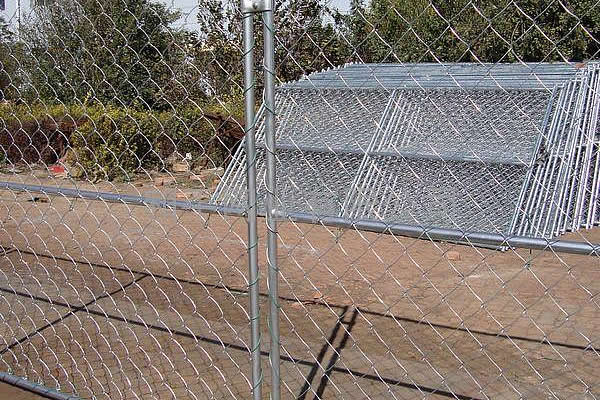 TEL:
+86-13102802206
TEL:
+86-13102802206
 Email:
fencenetting@china.com
Email:
fencenetting@china.com
 Language
Language
 TEL:
+86-13102802206
TEL:
+86-13102802206
 Email:
fencenetting@china.com
Email:
fencenetting@china.com
 Language
Language


The Interplay of Nature and Urbanity A Reflection on Chain Link Fences and Red Deer
In the landscape of urban development, chain link fences stand as a stark emblem of division and separation. These functional structures serve various purposes—demarcating property lines, ensuring security, and safeguarding spaces from unwanted intrusion. They evoke a sense of boundary, a physical reminder of the ever-expanding human footprint on nature. Yet, when we reflect upon the presence of wildlife, particularly red deer, in these divided habitats, we find a poignant relationship marked by resilience and adaptability.
Red deer, with their majestic antlers and graceful movements, are creatures that embody the wild beauty of untamed landscapes. Primarily found in forests and hills, these animals have adapted to various environments, including those that intersect with urban developments. As cities expand and forests recede, the boundaries created by infrastructures, such as chain link fences, become both a hindrance and a bridge in the lives of red deer.
The Interplay of Nature and Urbanity A Reflection on Chain Link Fences and Red Deer
Interestingly, chain link fences can also serve as an unintended form of protection against the dangers posed by urbanization. In some instances, they keep deer out of high-traffic areas, such as roads where accidents are likely to occur. These fences can guide red deer towards safer passages, helping to mitigate the risks associated with human expansion. However, this scenario hinges on thoughtful planning and consideration of wildlife corridors, which would allow deer to navigate through the urban landscape without compromising their safety.

Moreover, the presence of red deer in urban areas provokes a dialogue about coexistence. It prompts us to reflect on our responsibilities as stewards of the environment. As we erect barriers to mark our territories, we must also consider how to ensure the well-being of the wildlife that shares these spaces with us. Urban planners and conservationists are increasingly recognizing the need for innovative solutions, such as wildlife crossings, that can allow animals to traverse these urban fences safely.
As the world grapples with the realities of climate change and habitat loss, the relationship between chain link fences and red deer serves as a microcosm of larger ecological themes. It encapsulates the tension between progress and preservation, emphasizing the need for thoughtful integration of nature within urban landscapes. We must strive to create cities that honor the natural world rather than marginalize it.
In this endeavor, community engagement plays a pivotal role. Educating residents about the significance of red deer in the ecosystem can foster a spirit of coexistence. Initiatives such as citizen science projects, where locals can participate in observing and documenting wildlife, can deepen the community's connection to their natural surroundings. This awareness promotes empathy and encourages residents to find creative solutions to potential conflicts with wildlife.
Ultimately, the interplay between chain link fences and red deer illuminates the ongoing challenge of living in a shared habitat. As we build our fences to define our space, we must also break down the barriers that separate us from the natural world. In doing so, we can create a harmonious existence where both humans and wildlife can thrive alongside each other, preserving the beauty and diversity of the life that surrounds us. The story of the red deer, framed by the starkness of chain link fences, is a testament to the resilience of life and the enduring connection between nature and humanity—a reminder that coexistence is not just a necessity, but a beautiful possibility.